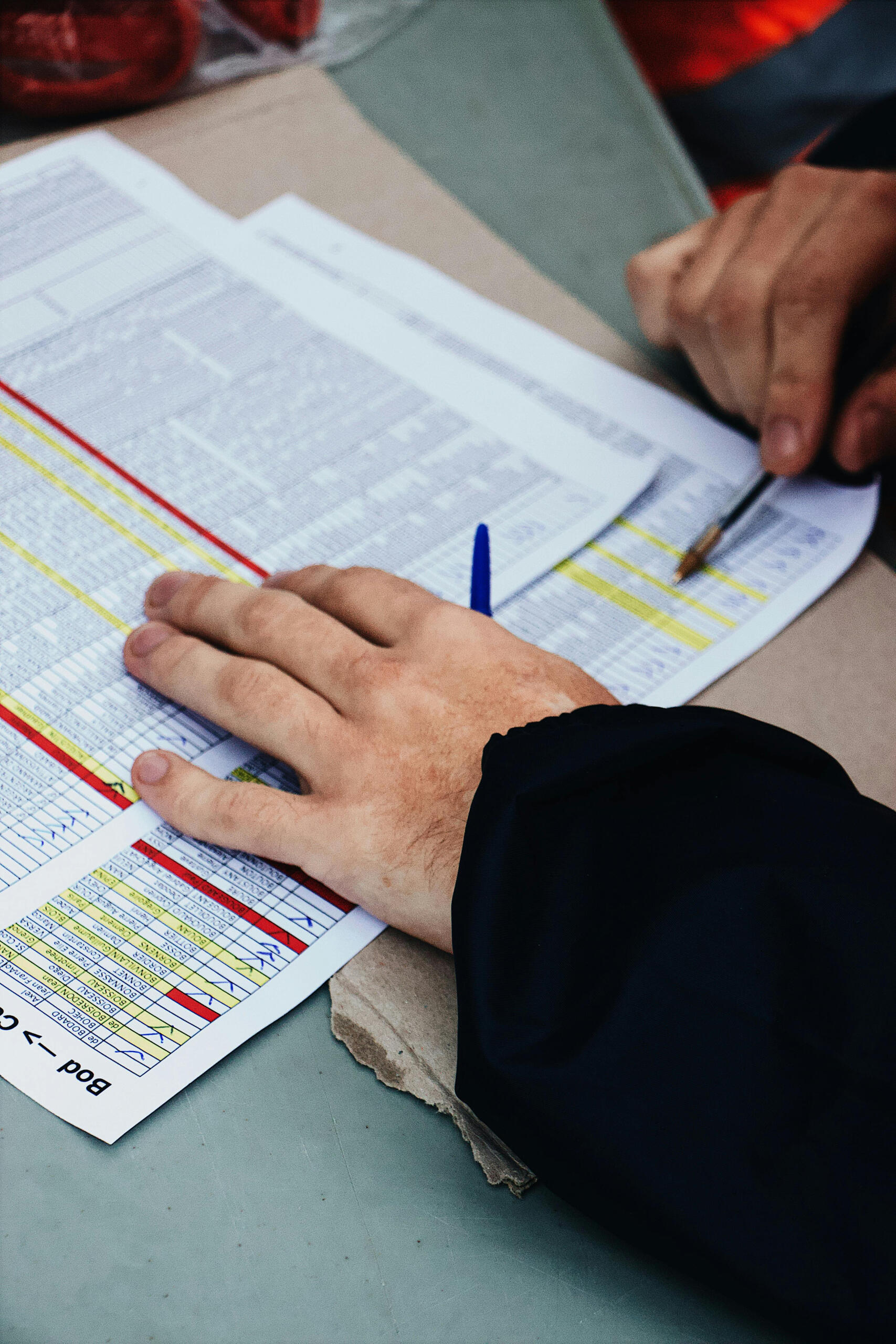There's nothing better than the first time you turn the keys in the ignition of your car after receiving your full driver's license. The last thing you want is for this moment to be spoiled by the realization that you haven’t got the correct license for the vehicle you're driving. A standard driver's license might not be enough to drive certain vehicles, even for personal use. So, you may need to get your hands on your very own noncommercial vehicle license before you can get on the road legally. A noncommercial vehicle driver's license is a requirement for anyone looking to drive a personal vehicle for non-business purposes The aim of this article is to arrive at some understanding of what the license classes are and how you can go about getting yours processed.

Understanding Non-Commercial License Classes
While it might not sound like the most appealing spend of your time, getting familiar with the differences between a regular driver's license and a class e license or other non-commercial license types can help you avoid legal problems from popping up down the line. These specialized licenses ensure you have the right training and skills to operate larger or more complex vehicles safely.
When it comes to noncommercial vehicles, there are two main classes of licenses that you’ll want to familiarize yourself with: Class E and Class F. Despite only being separated by a single letter in the alphabet, these two classes serve different purposes and cater for separate vehicle types and weights.
Class E licenses let you drive non-commercial single-unit vehicles with a gross vehicle weight (GVW) that's more than 26,000 pounds, so it should already be apparent to you whether or not your vehicle will qualify. If you’ve got a larger personal vehicle like a recreational vehicle (RV) or motor home parked out in your front driveway, then these vehicles will likely fall into this category.
Class F licenses, on the other hand, are a little less common, yet equally as essential if your vehicle meets the criteria. Class F licenses allow you to operate non-commercial combination vehicles weighing more than 26,000 pounds.
So, if you frequently or plan to at any stage tow a trailer with your RV and the combined weight goes over 26,000 pounds, you’re going to need to pick up this license class. It certainly won’t hurt to pick this license class up as it gives you the freedom to handle more complex vehicle combinations while keeping your non-commercial status. Keep in mind that your vehicle's dimensions matter just as much as its weight. Most states don't allow standard non-commercial vehicles wider than 8 feet, though the exact measurements vary depending on the state you reside in.
Valid for driving non-commercial single-unit vehicles with a gross weight over 26,000 pounds.
Valid for driving non-commercial combination vehicles with a gross weight over 26,000 pounds.

One of the universal requirements for these license classes across all states is that you need to be at least 16 years old before you can go about making an application. If you’ve got your mind set on attaining your Class E license, then you’re going to want to know that you must pass written and practical tests along with mandatory vision and hearing checks before you can add the license to your wallet.
Step-by-Step Application Process for Class E and F Licenses
Now, let's get onto the actionable steps you can follow to get you closer to getting your non-commercial vehicle license. In order to get the process started, you're going to need to make a trip down to your local Secretary of State facility. Whether you have to make a note on your phone or write it in your hand, make sure to bring a number of important documents with you when you make this trip. You’re going to need to bring a valid form of identification along with a passport photo. In admission to this, prepare to surrender any out-of-state licenses, state ID cards, or permits you might have.

Once the paperwork has been ironed out, the next part of the application revolves around an assessment where your driving ability will be put under the microscope.
The facility will conduct both written and driving examinations to evaluate your knowledge of road rules and practical driving skills.
In order to avoid any frustration on the day, you’ll want to double-check that your test vehicle must meet all inspection requirements and have valid insurance.
Once you’ve made it through the above steps, you'll receive a temporary driver's license that will be valid for 90 days. This document serves as your official license and proof of identification until your permanent one arrives.
In terms of when you might expect the mailman to be coming to the door with the license you’ve worked so hard for, be sure to allow 15 business days for its arrival. You could say that the final step is out of your hands as the administration will then verify your Social Security number before issuing your license. Once your records are in order, there shouldn't be any hiccups; just be sure to keep your information accurate and up to date.

Preparing for the Driver's License Tests
While passing your license tests might be a relatively straightforward step to grab that doesn’t require all that much explanation, there is quite a bit of work that goes into passing.

Part of your preparation is going to be arriving at an understanding of the exam itself, which will consist of 25 multiple-choice questions, and you'll need to score at least 88% to pass. A little higher than you might be used to from school, but if it ensures safety on the roads, it's certainly justified. Time management will be one of your preparations, as you’ll have just 20 minutes to make your way through the test. And if you’re wondering where you can brush up on the examinable material, the official driver's manual will be your best study companion.
Nearly 35% of U.S. Drivers Failed License Tests Between 2020-2023. Indiana, Missouri and Wyoming reported the highest failure rates, with more than half of test-takers in these states not passing.
The numbers show that about 50% of first-time test takers don't pass. With this, you can manage your expectations or make sure you are among the half of the applicants who pull it off. The best way to ensure you have it in the bag when you step inside the exam room is to do as many online practice exams as possible.
Professional training programs, on the other hand, will help you work toward the practical components of the assessment.
Your training options include online courses, classroom sessions, and hands-on practice. Expert instructors guide you through closed-course settings and real-life driving experiences.
The programs are especially helpful when you have specific vehicle types to operate, from utility trucks to larger personal vehicles. With a varied and structured approach to your preparation, you should pass both components with little difficulty.

License Restrictions and Limitations
Having your license is one thing, but in order to be sure that you’re in compliance with the regulations, you’ll need to understand noncommercial vehicle license restrictions.
Vehicle Type Restrictions: As we mentioned earlier, your noncommercial vehicle license includes specific weight and size limitations. Class E license holders can operate single vehicles weighing up to 26,001 pounds. Federal regulations apply to combination vehicles with gross weight ratings above 10,001 pounds. These rules ensure you operate vehicles that match your skill level and license classification.
Passenger Limitations: Drivers aged 16 to 17 face extra restrictions on passenger transport. Specific endorsements become necessary for passenger-carrying vehicles. Operating a vehicle that carries more than 16 passengers, including yourself, requires additional certifications beyond a simple noncommercial license. States might require special endorsements to transport up to 15 passengers for non-commercial purposes.
Geographic Boundaries: Geographic restrictions on your noncommercial license might limit your vehicle operation areas. Some licenses only allow driving during daylight hours. Others restrict operation to specific regions or road types. Interstate driving requires awareness of varying laws and regulations for trucks and buses.
Now that you’ve got a good understanding of the restrictions and limitations on these license classes, you can drive your vehicle with the peace of mind you’ve worked so hard for.
Getting Your Noncommercial Vehicle License
After putting this article down, you should know if non-commercial vehicle licenses are for you or not. Regardless of whether your vehicle qualifies, you’ll also be equipped with a good understanding of the uses for the main classes of these licences.
From your reading, you’ll also have learned that the steps involved in the application process are as follows: no walk in the park. This is why so many students turn to private driving tutors on platforms like Superprof as a means of maximizing their chances of success in the assessments. Working alongside a seasoned driving instructor will help you prepare optimally so that you can have that driving licence in hand sooner than you could if you were to go about the learning process alone. Remember, your understanding of proper licensing requirements makes roads safer for everyone. The work you put into getting set up with the appropriate license will make for an even more satisfying driving experience!















